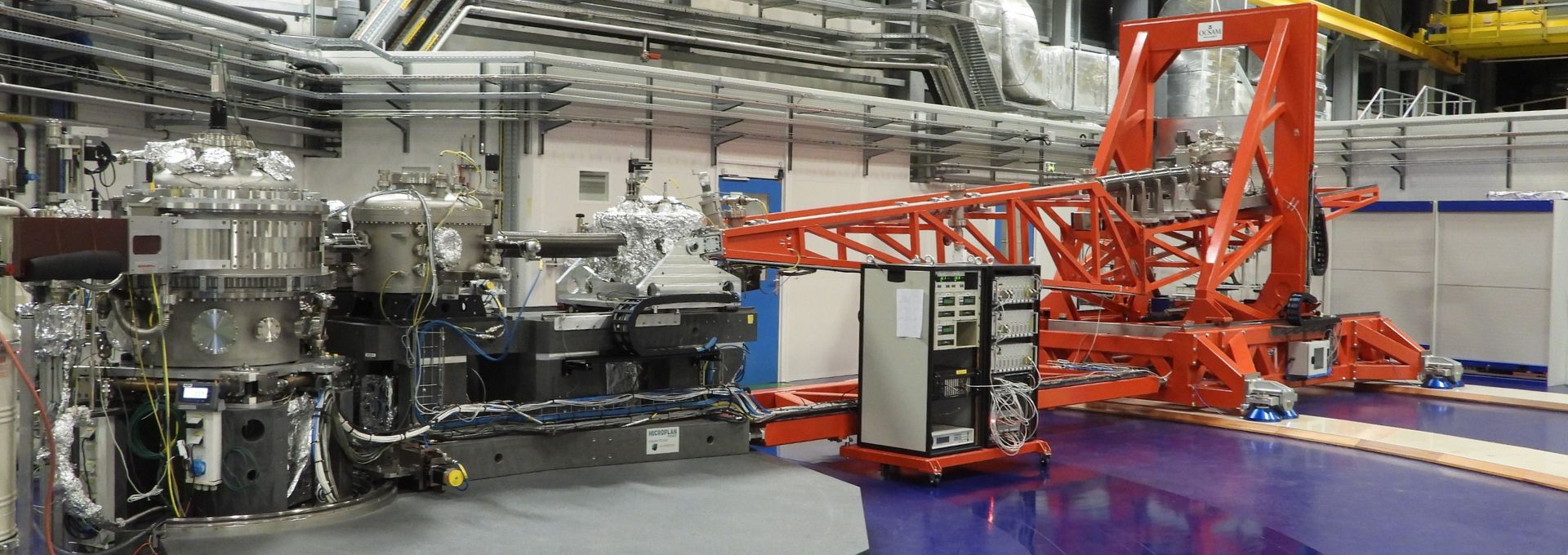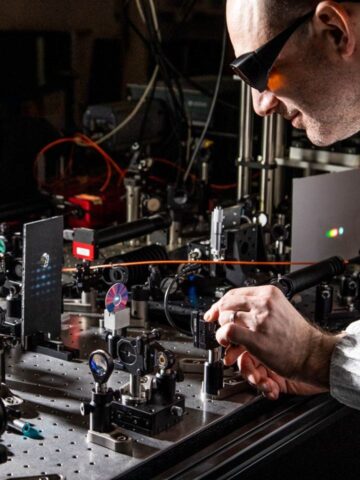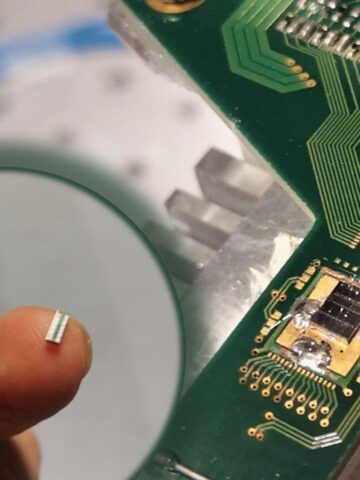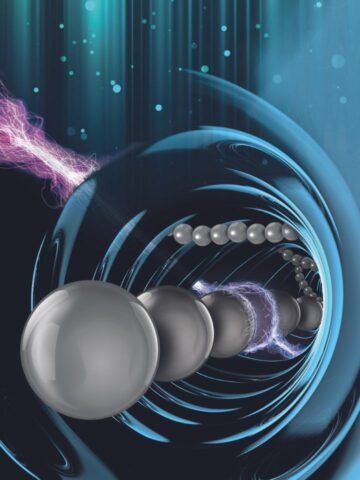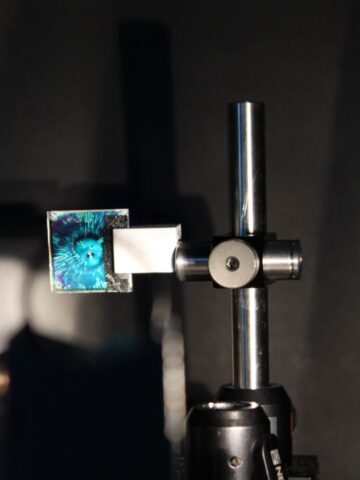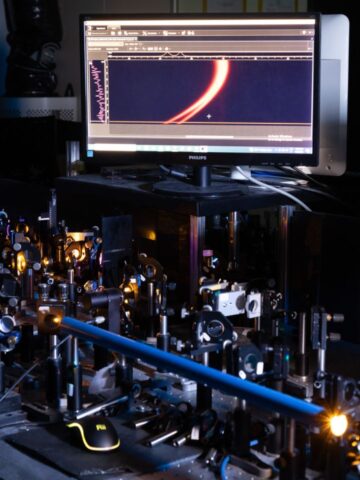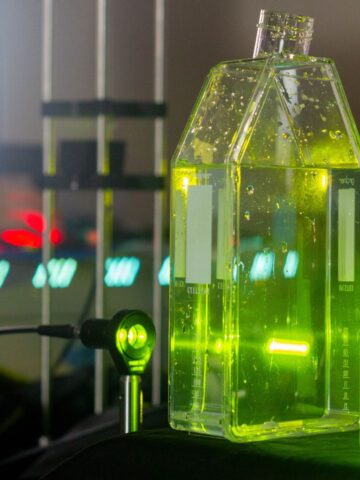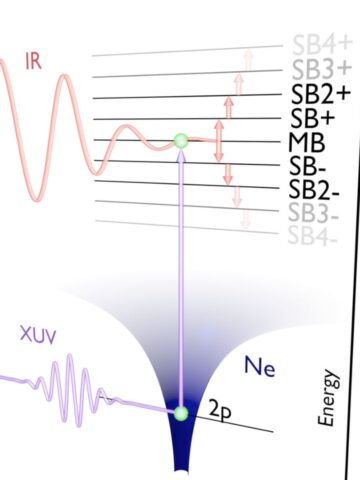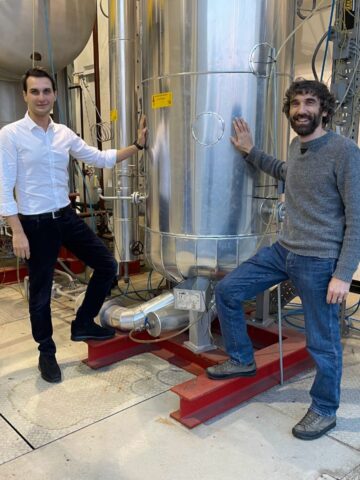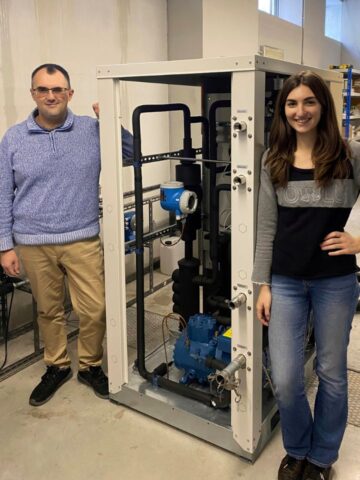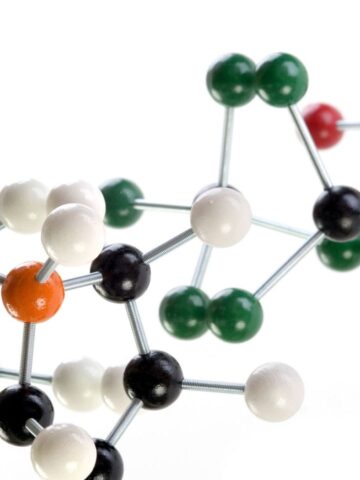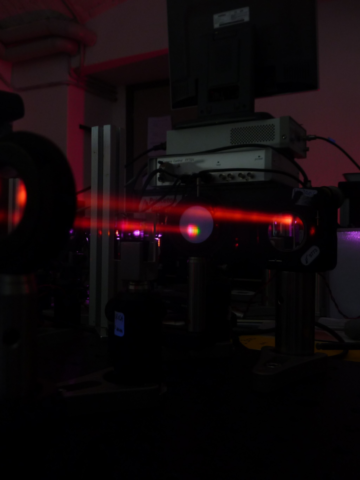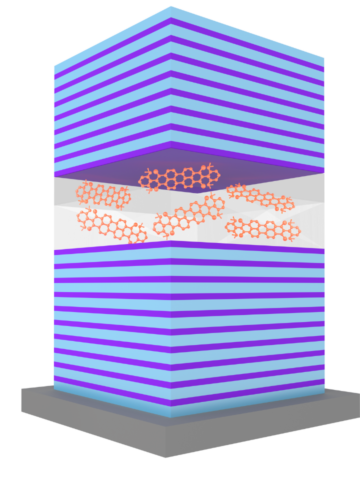A significant step forward in superconductivity research has recently been made. The discovery could pave the way for sustainable technologies and contribute to a more environmentally friendly future.
The study just published in Nature Communications by researchers from Politecnico di Milano, Chalmers University of Technology in Göteborg and Sapienza Università di Roma sheds light on one of the many mysteries of high-critical-temperature copper-based superconductors. Even at temperatures above the critical temperature, they are special, behaving like “strange” metals. This means that their electrical resistance changes with temperature differently than that of normal metals.
This is the result of more than five years of work. We used a technique, called RIXS, largely developed by us at the Politecnico di Milano. Thanks to numerous measurement campaigns and to new data analysis methods, we were able to prove the existence of the quantum critical point.
Giacomo Ghiringhelli, Professor at the Department of Physics and coordinator of the research
The research hints at the existence of a quantum critical point connected to the phase called “strange metal”. A quantum critical point identifies specific conditions where a material undergoes a sudden change in its properties due solely to quantum effects. Just like ice melts and becomes liquid at zero degrees Celsius due to microscopic temperature effects, cuprates turn into a ‘strange’ metal because of quantum charge fluctuations.
The research is based on X-ray scattering experiments conducted at the European Synchrotron ESRF and at the British synchrotron DLS. They reveal the existence of charge density fluctuations affecting the electrical resistance of cuprates in such a way as to make them “strange”. The systematic measurement of how the energy of these fluctuations varies allowed identifying the value of the charge carrier density at which this energy is minimum: the quantum critical point.
The discovery represents an important advancement in understanding not only the anomalous properties of the metallic state of cuprates, but also the still obscure mechanisms underlying high-temperature superconductivity.
A better understanding of cuprates will guide the design of even better materials, with higher critical temperatures, and therefore easier to exploit in tomorrow’s technologies.
Arpaia, R., Martinelli, L., Sala, M.M. et al.
Signature of quantum criticality in cuprates by charge density fluctuations.
Nat Commun 14, 7198 (2023)
